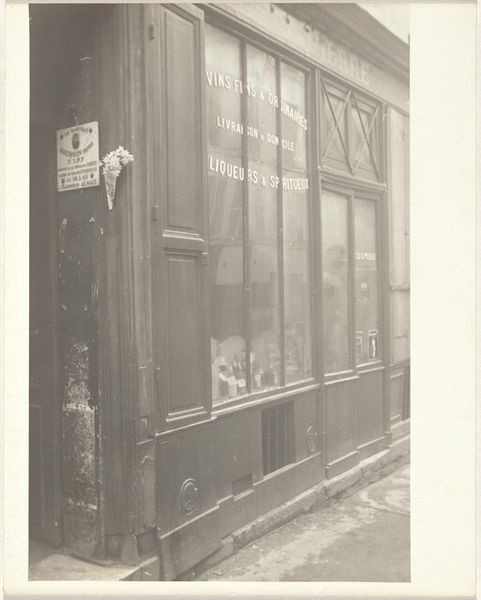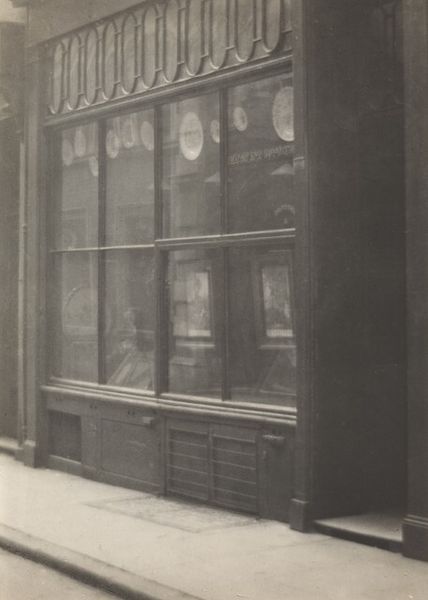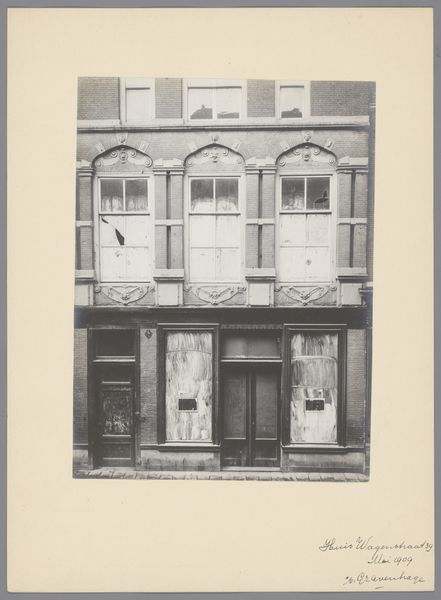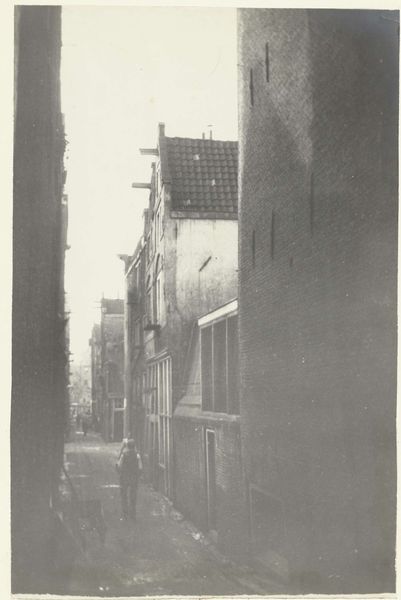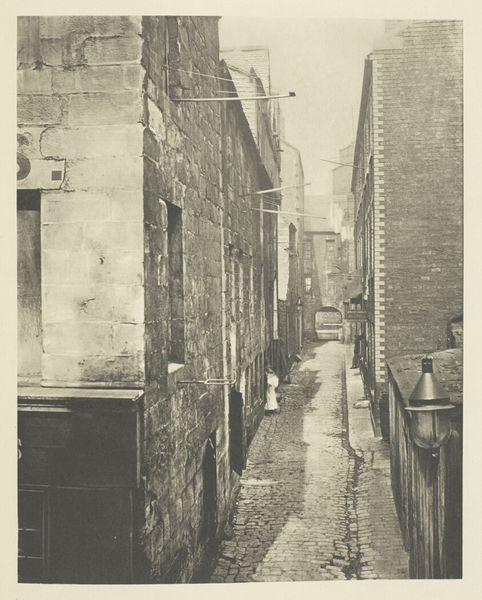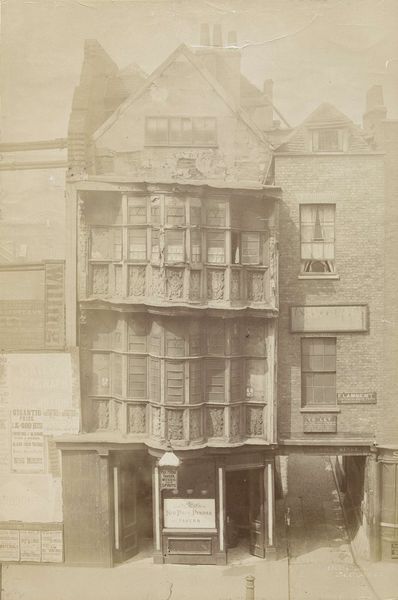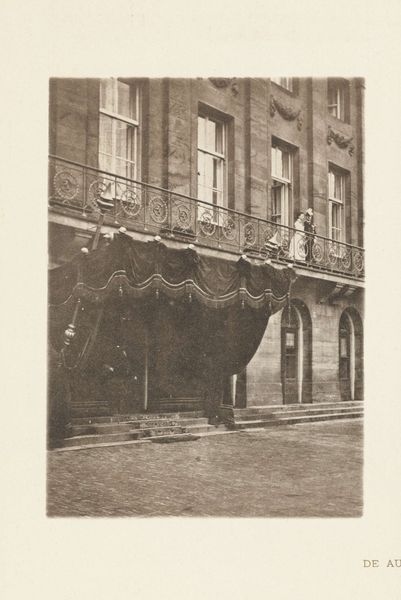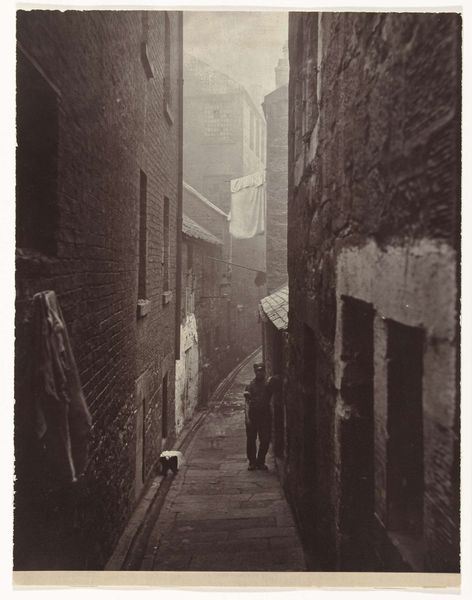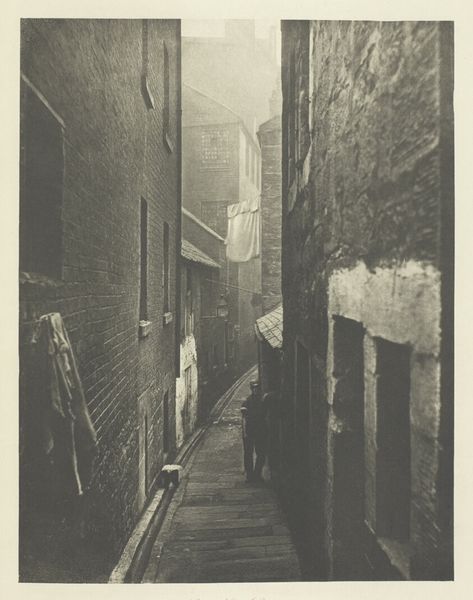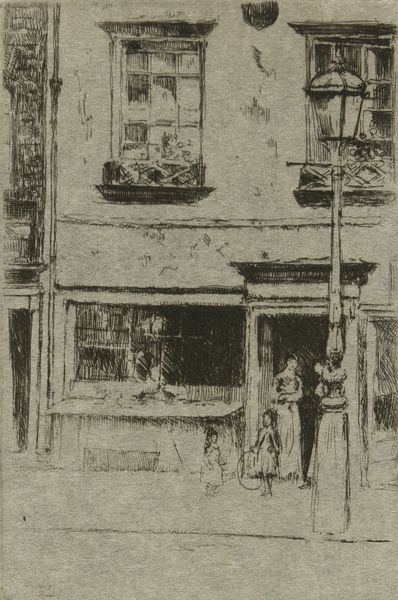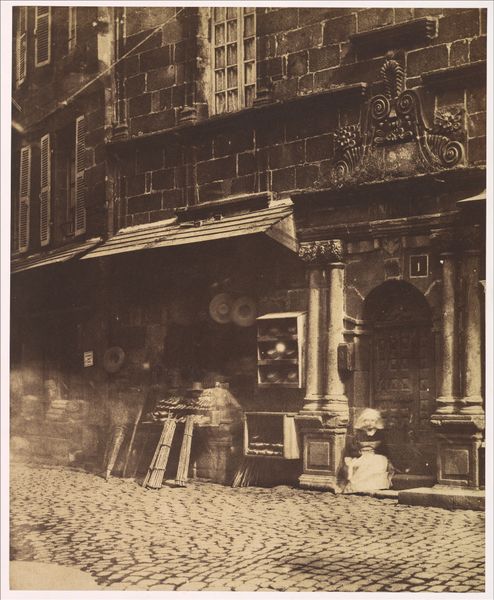
photography
#
black and white photography
#
dutch-golden-age
#
street-photography
#
photography
#
black and white
#
monochrome photography
#
cityscape
#
monochrome
#
realism
#
monochrome
Dimensions: height 400 mm, width 273 mm, height 505 mm, width 403 mm
Copyright: Rijks Museum: Open Domain
Editor: This is George Hendrik Breitner's "Doorkijk door de Omvalspoort in Haarlem," a photograph taken sometime between 1890 and 1910. I find the composition fascinating; the dark archway frames a sliver of a brighter world beyond. It’s like a portal to the past. What can you tell me about it? Curator: It's a fascinating image. Breitner, as a figure deeply embedded in the social realities of his time, offers a lens – literally and figuratively – onto urban life. Look at the deliberate choice of framing, how the 'Omvalspoort' functions not just as a physical structure but as a threshold. How might this relate to Haarlem's socio-economic status during that period? Editor: That’s interesting. You’re saying the gateway represents more than just an entrance? Perhaps the contrast between light and dark reflects the city's own struggles and aspirations at the time? Curator: Precisely. Breitner was known for documenting the daily life of working-class Amsterdam. Now, transpose that perspective to Haarlem. How does this image contribute to our understanding of the everyday experience in that city? Does the presence of advertising hint at economic changes, industrialisation? Editor: It's hard to ignore the signage and advertising details around the arch. Perhaps this blend of the historic architecture and modern commercialism reflects the push and pull of progress happening within the city itself? What role did places like the Rijksmuseum play in shaping the understanding and public opinion of photos like these? Curator: Museums act as cultural arbiters. Exhibiting work like Breitner's situates street photography within the canon of recognized art forms, lending validation and inviting wider public consideration of its socio-historical value. The image gains currency not only as documentary evidence, but as an *artwork* imbued with cultural capital. Editor: I see now. Breitner wasn't just taking pictures; he was making a statement about the evolving social landscape. Thinking about museums and art institutions and how photography is now canon, is truly eye-opening. Thanks for the insight! Curator: A pleasure. Understanding art means understanding its position within cultural dialogues and power structures. It’s been enriching exploring that intersection with you here today.
Comments
No comments
Be the first to comment and join the conversation on the ultimate creative platform.
